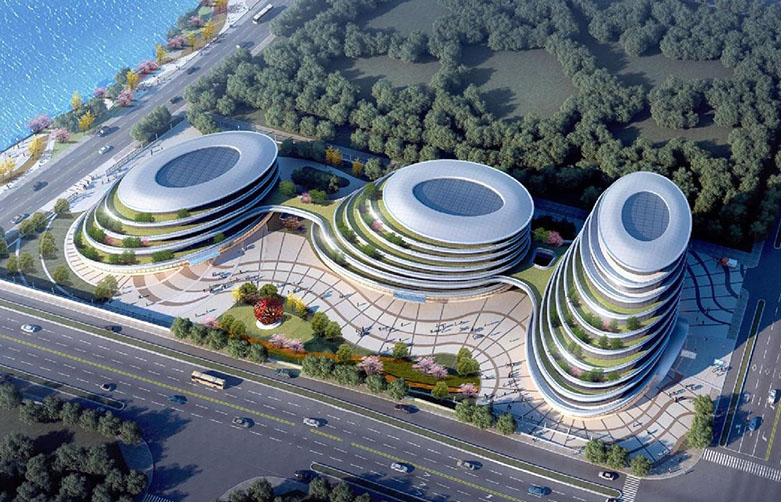Jul. 23, 2024
Photovoltaic (PV) and building-integrated photovoltaic (BIPV) systems are innovative technologies that generate electricity from the sun. While they share the same basic principle of converting sunlight into electricity, there are significant differences between the two.

Photovoltaic systems, also known as solar panel systems, typically have panels mounted on a building's roof, ground, or other support structure to convert solar energy into electricity. These systems consist of solar panels, inverters, and mounting structures. Solar panels consist of photovoltaic cells that convert sunlight into direct current. The inverter then converts the DC power into alternating current (AC) power, which can be used to power appliances and equipment in homes, businesses, and industries.
The design of PV systems usually considers the best lighting angle and location but does not consider integration with the overall aesthetics of the building.
Cost-Effectiveness: Photovoltaic systems are relatively low-cost to install and maintain, making them a popular choice for residential and commercial applications.
Versatility: BIPV can be installed in a variety of locations, including rooftops, open ground areas, and even on portable structures like solar backpacks and chargers.
Energy Independence: Photovoltaic systems provide a degree of energy independence, allowing users to generate their own electricity and reduce dependence on the grid.
Aesthetics: Some people find traditional photovoltaic systems need to be more light, especially when installed on a roof.
Space requirements: Photovoltaic systems require a large amount of installation space, which can be a limitation in urban areas where rooftop or ground space is limited.
The BIPV system combines photovoltaic power generation technology with building materials and uses photovoltaic components as an integral part of the building, such as roof tiles, wall curtain walls, skylights, etc. These components not only perform the functions of building materials (such as waterproofing and heat insulation) but also have the function of generating electricity.
BIPV systems are designed to be part of the building, emphasizing aesthetic and functional integration with the overall design of the building. Commonly used in new construction and renovation projects in residential, commercial and institutional buildings. They can be integrated into various building elements, including roofs, facades, skylights and canopies, to generate electricity while enhancing overall building appeal.
Aesthetically Integrated: BIPV systems integrate seamlessly with building designs, providing architects and designers with the flexibility to incorporate solar technology into their projects without compromising aesthetics.
Space Optimization: BIPV systems make efficient use of available space by integrating solar panels into unused building elements.
Cost: BIPV systems typically cost more to install than traditional photovoltaic systems, primarily due to additional design and integration requirements.
Maintenance: Maintenance of BIPV systems can be more complex and expensive, as any repairs or replacements may involve the building structure itself.
1. Design and aesthetics:
PV systems: Mainly focus on power generation efficiency and usually do not consider the aesthetic integration with the building.
BIPV system: Emphasizing the aesthetic and functional integration with the building, it is part of the architectural design.
PV system: usually installed on the exterior of the building in the form of independent modules.
BIPV systems: installed directly into the building structure as part of the building materials.
PV system: widely used in various existing buildings and ground facilities.
BIPV system: mostly used in new construction and renovation projects, emphasizing integration with the overall design of the building.
As the demand for sustainable and energy-efficient building solutions continues to grow, BIPV systems are increasingly used in building design. Ongoing research and development efforts by BIPV system manufacturers are focused on creating more efficient and cost-effective photovoltaic materials for photovoltaic and building-integrated photovoltaic systems. Integrating energy storage solutions such as batteries into BIPV systems will further enhance building self-sufficiency and resilience. The integration of BIPV systems with smart appliances and energy management systems will enable more efficient energy consumption and grid interaction.